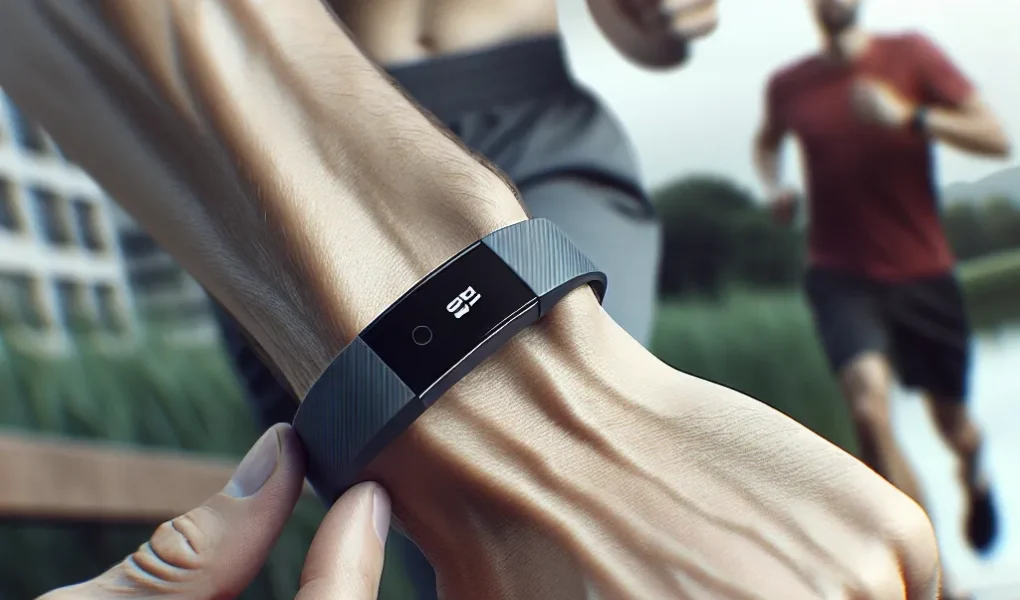The Evolution of Wearable Sensor Technology: From Step Counters to Comprehensive Activity Monitors
The evolution of wearable sensor technology has revolutionized the way physical activity is monitored. From simple step counters to comprehensive activity monitors, these advancements have significantly impacted the field of health and fitness. Wearable sensors have evolved from single-function devices to sophisticated, multi-sensor systems capable of tracking a wide range of activities and providing valuable insights into an individual’s overall health and well-being.
Initially, wearable sensors were primarily focused on counting steps and estimating calories burned. However, with rapid technological advancements, modern wearable sensors now incorporate a diverse range of features, including GPS tracking, heart rate monitoring, sleep analysis, and even advanced biomechanical measurements. This comprehensive approach allows users to gain a more holistic understanding of their physical activity levels and make informed decisions about their fitness and lifestyle.
Furthermore, the integration of machine learning and artificial intelligence has enabled wearable sensors to provide personalized activity recommendations and actionable insights based on individual performance data. This level of personalization and intelligence was previously unattainable with traditional activity monitors, marking a significant leap forward in the capabilities of wearable sensor technology.
As the demand for comprehensive activity monitoring continues to grow, we can expect further advancements in wearable sensor technology. The future holds promising possibilities, such as the integration of additional health parameters, enhanced data accuracy, and seamless user experience. These advancements will undoubtedly continue to shape the way we monitor and understand physical activity, ultimately contributing to improved health outcomes and quality of life.
In conclusion, the evolution of wearable sensor technology from simple step counters to comprehensive activity monitors signifies a transformative shift in the field of physical activity monitoring. This progression has empowered individuals to take control of their health and fitness, providing a wealth of actionable information and personalized insights. With ongoing advancements, wearable sensors are poised to play an increasingly influential role in promoting physical activity and enhancing overall well-being.
Innovations in Health Monitoring: Utilizing Wearable Sensors to Track Exercise and Movement
Recent advancements in wearable sensor technology have revolutionized the way we monitor physical activity and movement. One of the most significant innovations in health monitoring is the utilization of wearable sensors to track exercise and movement. These sensors, embedded in devices such as smartwatches, fitness bands, and clothing, are equipped with various functionalities that enable them to capture and analyze data related to a person’s physical activity throughout the day.
The integration of accelerometers, gyroscopes, and heart rate monitors in these wearable devices allows for comprehensive monitoring of different types of physical activities, including walking, running, cycling, and even swimming. The real-time data obtained from these sensors provides valuable insights into an individual’s exercise intensity, duration, and overall performance. By leveraging this information, users can gain a better understanding of their fitness levels and make informed decisions to improve their health and well-being.
Furthermore, advancements in wearable sensor technology have enabled the development of specialized algorithms and machine learning techniques to interpret the collected data more accurately. These algorithms can differentiate between various activities, recognize patterns, and provide personalized feedback to users regarding their exercise habits and movement patterns. This tailored approach to health monitoring empowers individuals to set achievable fitness goals, track their progress, and make adjustments to their routines as needed.
In addition to individual use, wearable sensors have also found application in clinical settings and research studies. Healthcare professionals can utilize these devices to monitor patients’ physical activity levels remotely, gather longitudinal data for chronic disease management, and assess rehabilitation progress. Furthermore, researchers can employ wearable sensor data to analyze population-level physical activity patterns and develop targeted interventions to promote active lifestyles.
Overall, the integration of wearable sensors for monitoring physical activity represents a significant leap forward in health monitoring and personalized wellness. As sensor technology continues to advance, we can expect even more sophisticated and multifunctional devices that not only track exercise and movement but also offer insights into various aspects of health, ultimately empowering individuals to take control of their well-being.
The Future of Fitness: How Wearable Sensors are Revolutionizing Physical Activity Monitoring
Advancements in wearable sensor technology have revolutionized the way we monitor physical activity, providing valuable insights into our fitness routines. These devices have paved the way for a future where fitness monitoring is seamless and comprehensive, allowing individuals to track their progress and optimize their workouts with precision.
The integration of advanced sensors in wearable devices has enabled real-time monitoring of various physical activities, including steps taken, distance covered, heart rate, and even sleep patterns. This wealth of data offers users a holistic view of their fitness levels, facilitating informed decision-making and personalized goal setting.
Moreover, the future of fitness is being shaped by the development of AI-driven algorithms that can analyze the data gathered from wearable sensors. These algorithms provide actionable feedback, personalized recommendations, and predictive insights, transforming raw data into meaningful metrics for users to enhance their physical performance.
Wearable sensors are also contributing to the evolution of group fitness activities, as they allow for synchronized tracking and shared data insights among participants. This technological advancement not only fosters a sense of community but also introduces a gamified element to fitness, motivating individuals to achieve their goals in a fun and interactive manner.
In conclusion, the future of fitness is intertwined with the continuous advancements in wearable sensor technology. As these devices become more sophisticated and interconnected, they hold the potential to redefine how we approach physical activity monitoring, empowering individuals to lead healthier and more active lifestyles.



